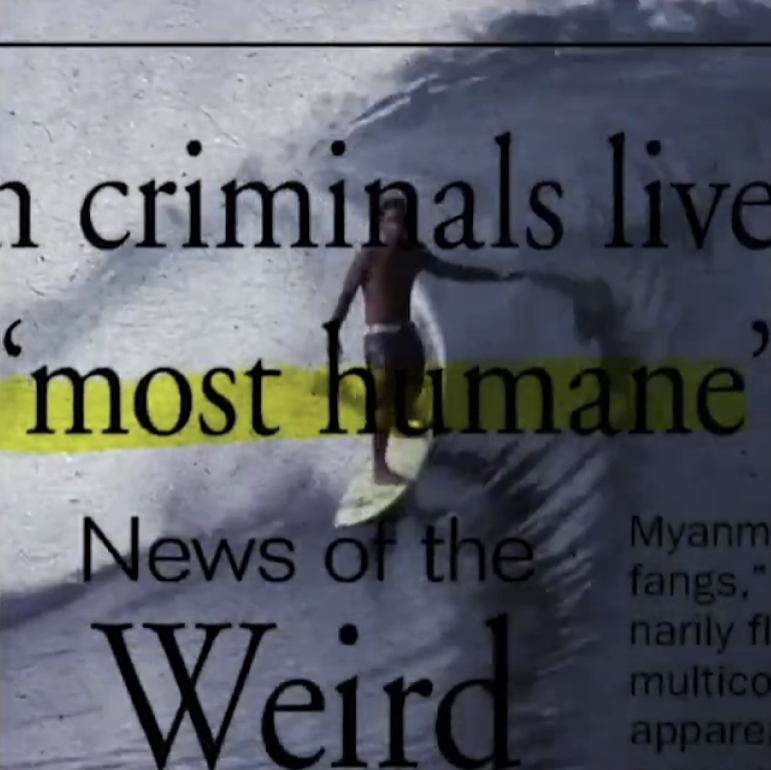Q & A with NC’s gothic industrial arts and media collective Impulse Machine
Q: In regards to algorithms and wanting to not spit back up something that people will definitely enjoy and testing the audience, how do you play with experimentation in your music?
Connor Tomlinson: I see the role of art being to expand your horizons in some way. The art, especially music, that I tend to fall in love with, is the stuff that makes me a little uncomfortable.
And I think people who listen to our music will kind of pick up on that. It tends to be radically different from release to release.
It’s hard to put a genre label on it, maybe each individual song, sure, but song to song, it’s a little more unexpected. And then, in my song writing, I really want to present unconventional song structures, unconventional combinations of sounds, things that get people thinking.
Matt Stretz: I feel like most artists are incentivized to make music they feel the listener is going to want, and so I feel like it’s kind of avant garde to make music that’s more designed to be a piece of art. What we’re witnessing is a lot of people fed up with the status quo.
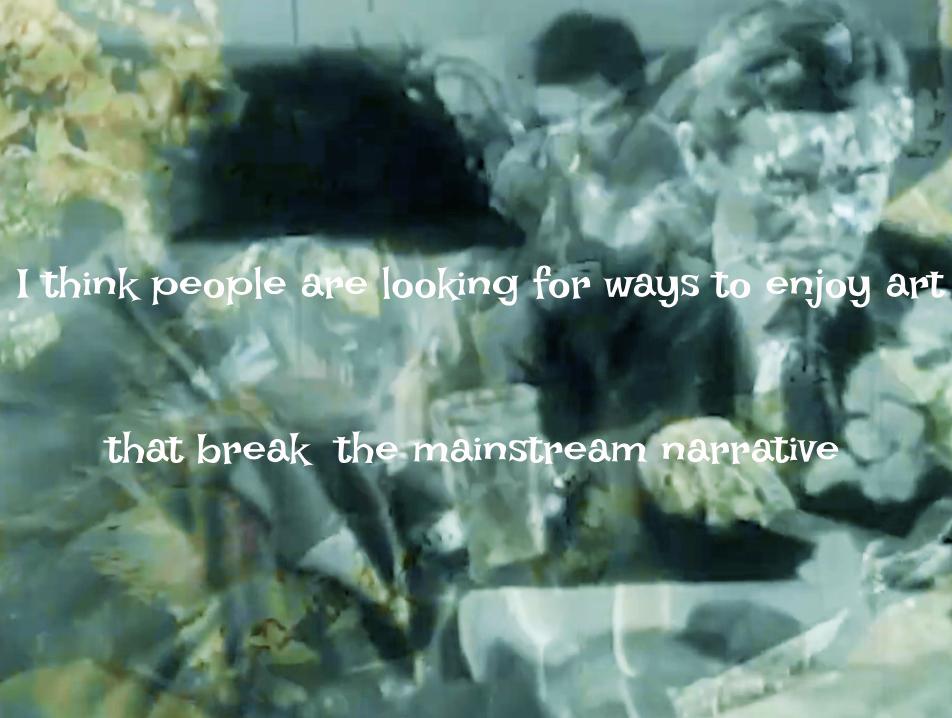
Connor Tomlinson: The whole 35 millimeter landscape format we’re used to in film that gets the label of art in visual media is equally arbitrary and incultured as the current vertical reel format. And I don’t think it’s much of a stretch to say, ‘what can we do interesting vertically in video?’
Q: Can you distinguish between ‘media,’ ‘art,’ ‘content,’ and ‘entertainment’?
Connor Tomlinson: I think it’s dangerous to start to ascribe the meaning of art to intention or the artist’s side of the process if you’re experiencing it as an audience member.
Now, of course, knowing things about how it was created, like this was written over 10 years; it’s a masterpiece, is going to be nice.
Or if, like, a lot of really important jazz recordings, this was improvised on the spot, this was a moment of genius, and that will affect your perception.
But ultimately, the difference between between art and content, I think, is about how the the audience relates to it. Is it something that sticks with you, that you carry this actual work with you, or is it a means to fill time and for the producer, a means to gain subscribers, gain profit or feed into whatever system they’re trying to game? Which, of course, gaming the system, that’s what you need to do to survive.
I think every artist needs to know how to create content, but it’s equally possible to imbue content with the types of characteristics that’ll, like, really catch your audience off guard.
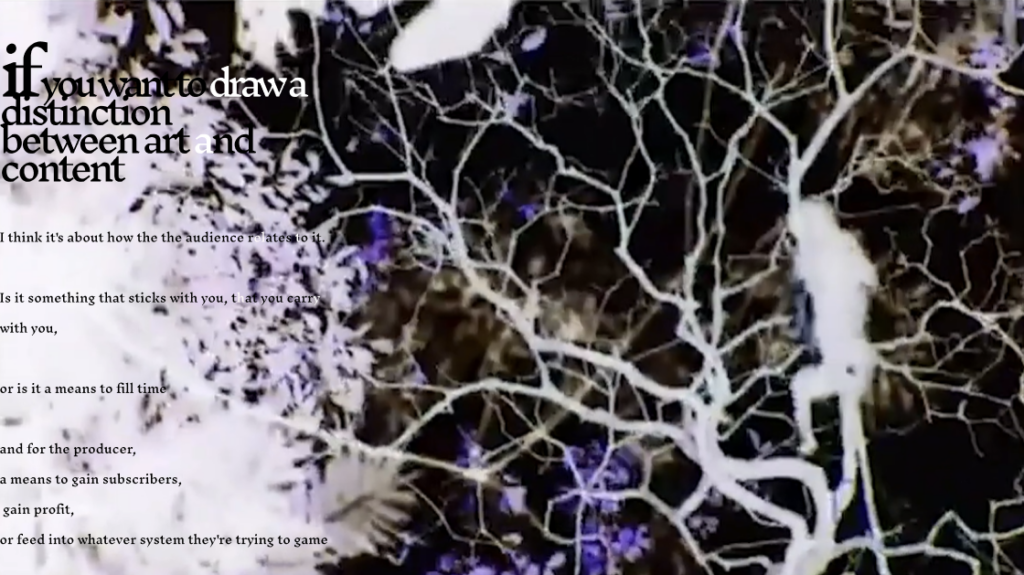
Q: If art is proportional to labor spent, how do we regard spontaneous creation this way?
Matt Stretz: I feel like art is viewed through a weird, romanticized lens where people want to gatekeep what is or is not art based on their own expectations and notions of what art is.
Zac Strum: I think the constant struggle as an artist is, once you know what’s happening, you’re desensitized to it, whereas other people who don’t know what’s happening still love it. That’s why artists are not allowed to judge their own work at any point.
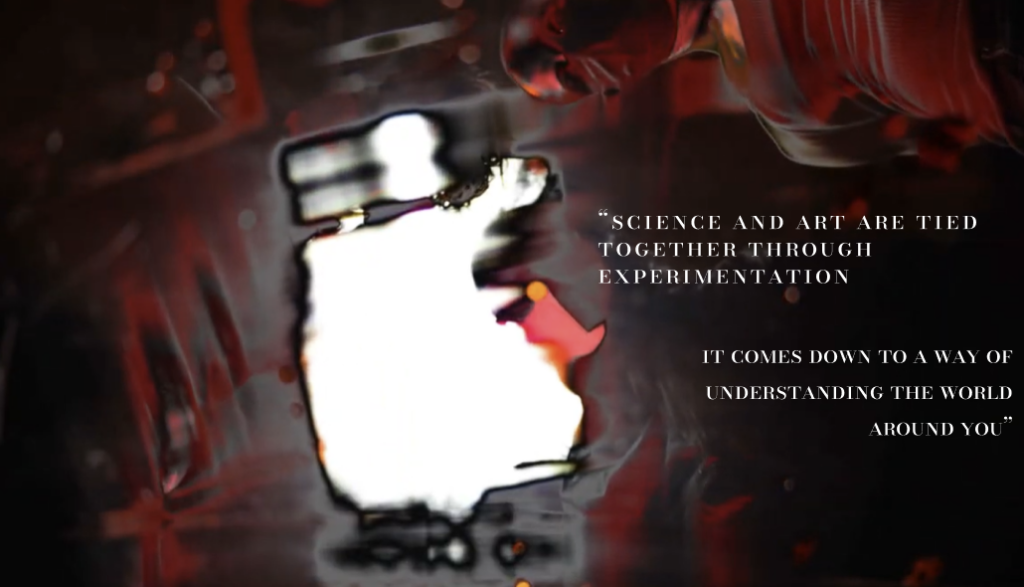
Q: What intersections do you see between science and art?
Connor Tomlinson: The great leaps forward in science often come from the same types of places as art. A lot of what enlightenment theory was based on came to people in dreams.

I think the difference is not so much in methods as much as aims. So art, you’re trying to create experiences for people.
Science, you’re trying to establish correlations, establish models. You’re also trying to create things.
It’s equally productive, but the goal is more for something that will eventually be able to be used in engineering, in order to build things that also create experiences, so maybe we can say that art is a combination of science and engineering.
It’s just geared more towards the effects, more towards creating emotional responses, rather than creating different ways of living in the world through material things.
Ethan Bowen: I think the main way the two subjects are tied together is through experimentation, because in both you are taking what you have and finding different ways to put them together in order to understand the world around you better.
And I think it comes down to just a way of understanding the world around you. But the main difference comes in the degree of objectivity or subjectivity with each individual topic.
So science is a very objective way of looking at the world and understanding how it works and the inner machinations and art is a way of interpreting that in a very subjective manner.

Q: What’s the relationship between film and music?
Connor Tomlinson: Well, they are two uniquely powerful forms of art.
I’d also lump theater in there, in the sense that they’re time-based. It’s not just something that exists for itself static; they can only exist unfolding over time. And so you experience them very differently from how you experience painting or sculpture, and because there’s this movement that’s essential to music and to film.
And of course, sound is very important to both of them. Silent film was at one point a thing, but even then, they felt a need to bring in live orchestras.
I see them as, like, two sides of the same coin. Film captures the visual, more literal interpretation of art, and audio and music is more subliminal.
In film, you can show something to somebody, but in audio, you kind of have to figure out ways to tell that same story. So I feel like they go hand in hand, and I feel you almost need both to compliment each other. I feel like music can enhance emotions in film and vice versa, with the music.

Matt Stretz: If you’re listening to music, you’re thinking of music and if you’re listening to music, you’re thinking of a thing in your head. You have a picture of what’s happening to an extent.
Ethan Bowen: It’s important to understand the medium you’re working with and the expectations thereof, so you can subvert them whenever necessary in order to create art that truly makes people think.
Because if you know what people want and you give them what they want, yes, they’re going to be happy, but it’s not going to give them the same level of engagement that they might have otherwise.
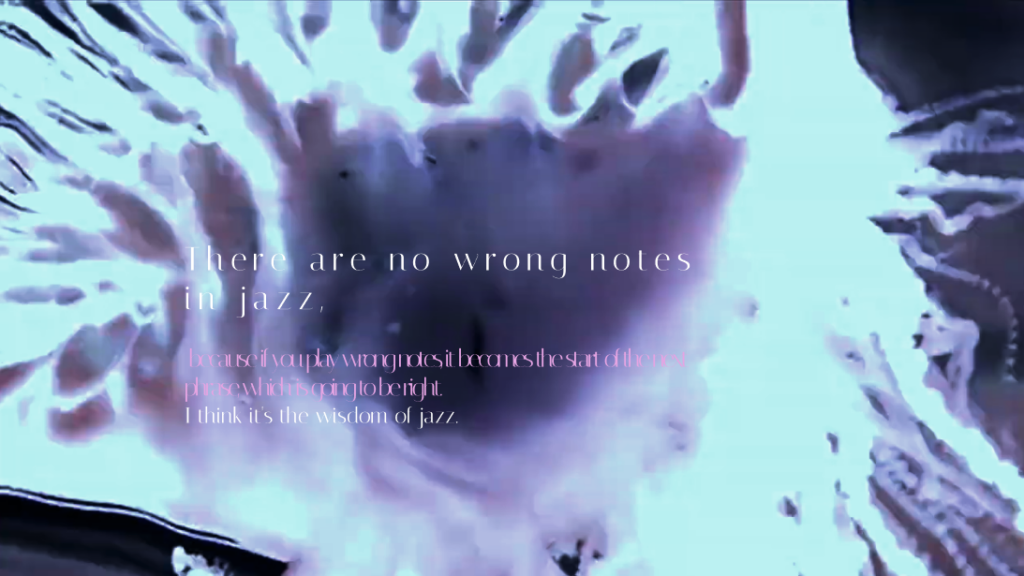
Q: What can we learn from jazz?
Connor Tomlinson: Something I think a lot about is effectual reasoning versus like, causal reasoning.
And I think jazz speaks to this idea that rather than having in mind what something’s going to sound like and going about creating what you have in mind, you need to just kind of take what you have in front of you and take what you have behind you — your band, what they’re playing, what notes you have played — and commit to your course.
There are no wrong notes in jazz, because if you play wrong notes it becomes the start of the next phrase, which is going to be right. I think it’s the wisdom of jazz.

Ethan Bowen: It even goes beyond understanding theory.
At that point, you have to understand conversation, which I think is how it ties into the languages we speak as people, because at the end of the day, math, english, music, they’re all languages that we speak and all ways of interpreting the world around us.
If you start to learn the language, then you start to appreciate the things they’re saying.
Q: Advice?
Zac Strum: If we’re doing drawing stuff, don’t go get your massive canvas and tell yourself, ‘I’m just gonna go for it,’ go in your notebook, draw out some stuff, but have fun with it.
Don’t be like, ‘I need to make a realistic human hand.’ Start to draw human hand. If it becomes unrealistic, practice how to mold that into something fun.
Like, I can take a picture of a hand if you want a picture of a hand, but you can’t get a picture of what I’m thinking of. You can’t get a picture of what I’m even not thinking of because I messed up in the drawing and had to rework it.
Go in with an idea, not an expectation. Have the idea of what you want to make, except don’t hold yourself to your expectation of what you want to make, because if you mess up drawing a centipede and it turns into a weird abomination, boom, you just discovered a new bug. Having an essence of the thing is what you’re shooting for.
Similar to music, if you’re trying to write a metal song that you want to, then be like this chaotic entity.
It has to have the basis, the skeleton. But then you gotta decorate it with all these other places and know when to break that skeleton, totally unhinge some bones, dislocate a shoulder, too.


